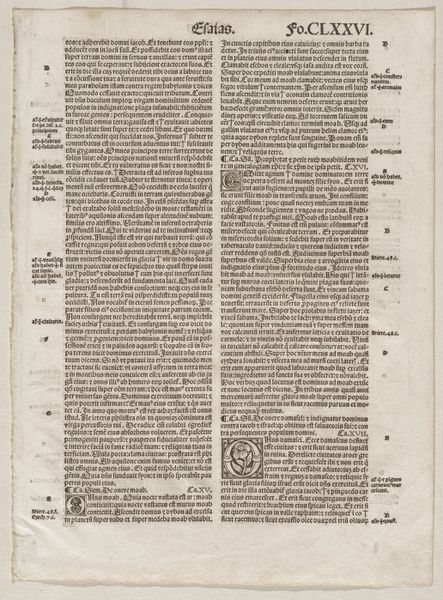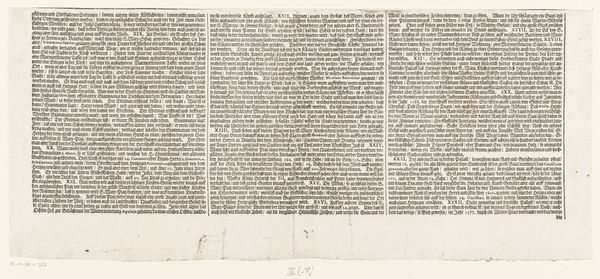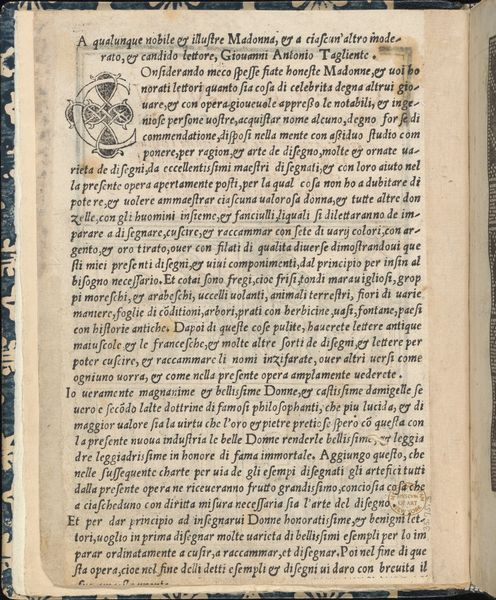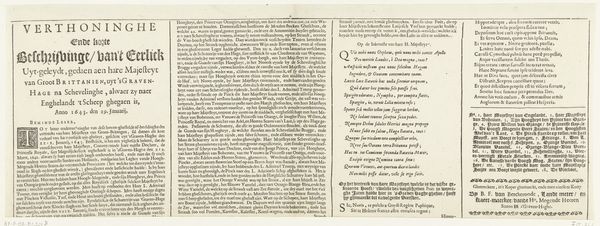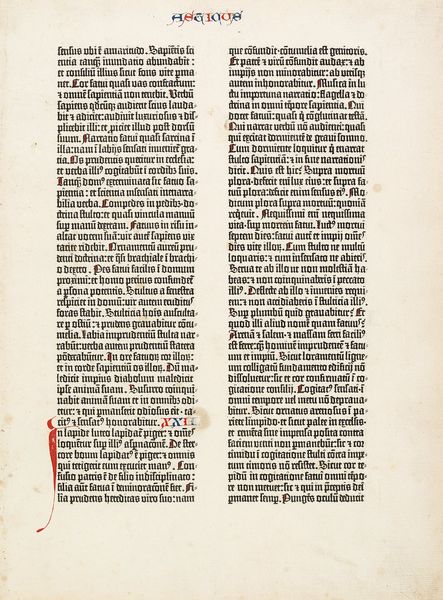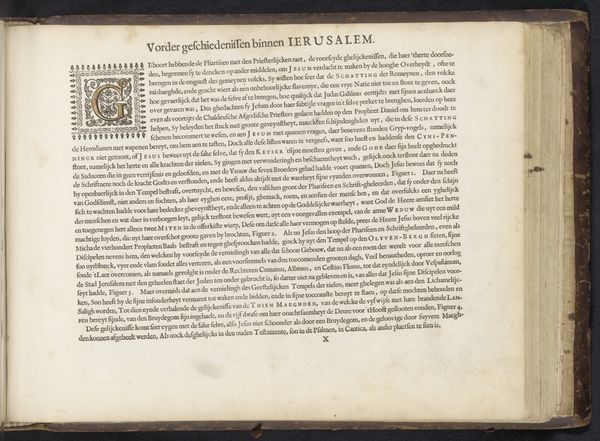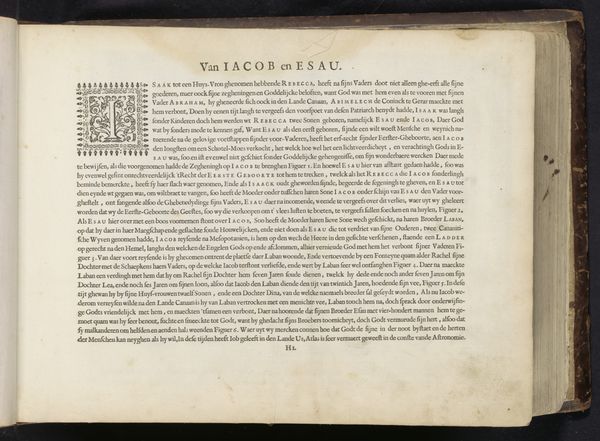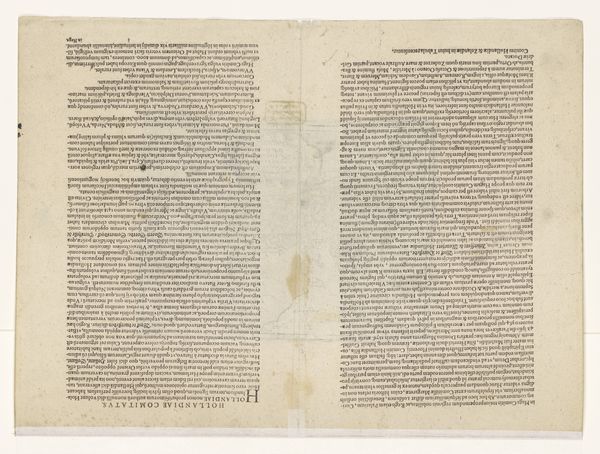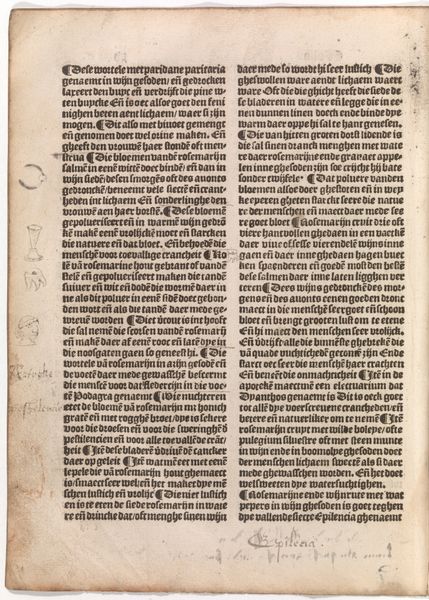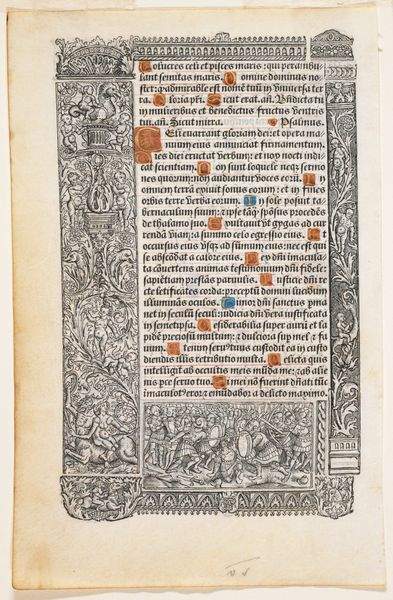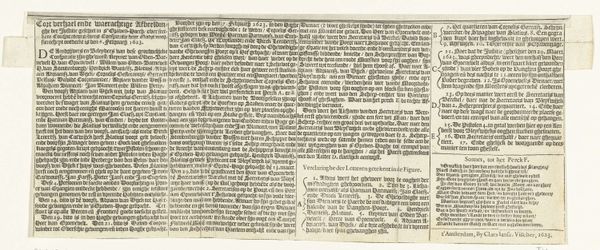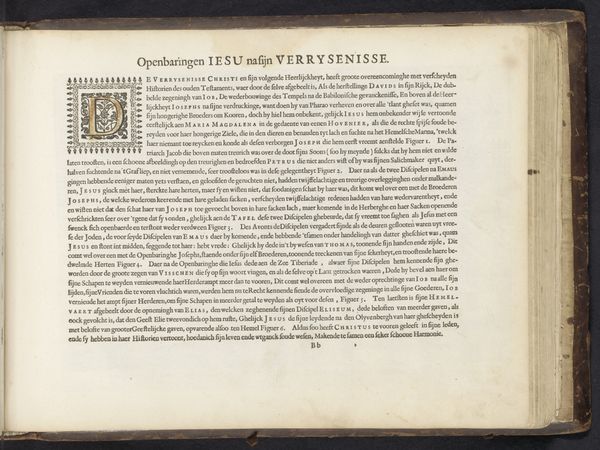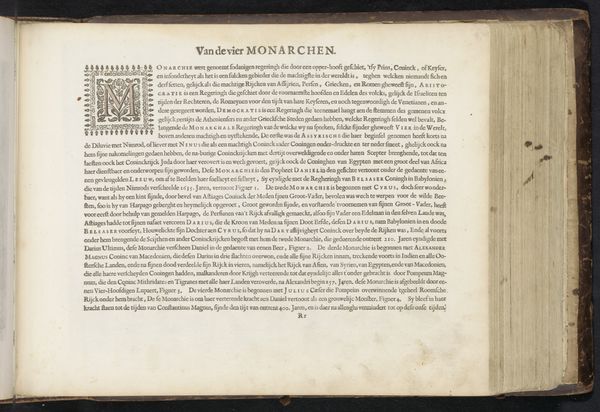
print, paper, ink, woodcut
#
aged paper
#
medieval
# print
#
book
#
paper
#
text
#
ink
#
woodcut
#
line
#
northern-renaissance
#
decorative-art
Copyright: National Gallery of Art: CC0 1.0
This border from an almanac was likely produced with woodcut in the German-speaking lands in the early sixteenth century. It is a fascinating example of the ways in which visual codes, cultural references, and historical associations were mobilized in the service of information and knowledge. What is the public role of this art? In this period, we see the increasing standardization of printed material, a result of new institutions such as printing presses and universities which standardized content. As we can see, books were no longer the preserve of a tiny elite, but were becoming a tool of education for a wider public. The imagery of the border itself, with its combination of naturalistic vines and human figures, draws on a long tradition of manuscript illumination, while also signaling a new age of mechanical reproduction. To understand this image better, we need to research the history of printing, the development of education, and the cultural impact of the Reformation. Art like this helps us see how knowledge was shaped and disseminated in a rapidly changing world.
Comments
No comments
Be the first to comment and join the conversation on the ultimate creative platform.
